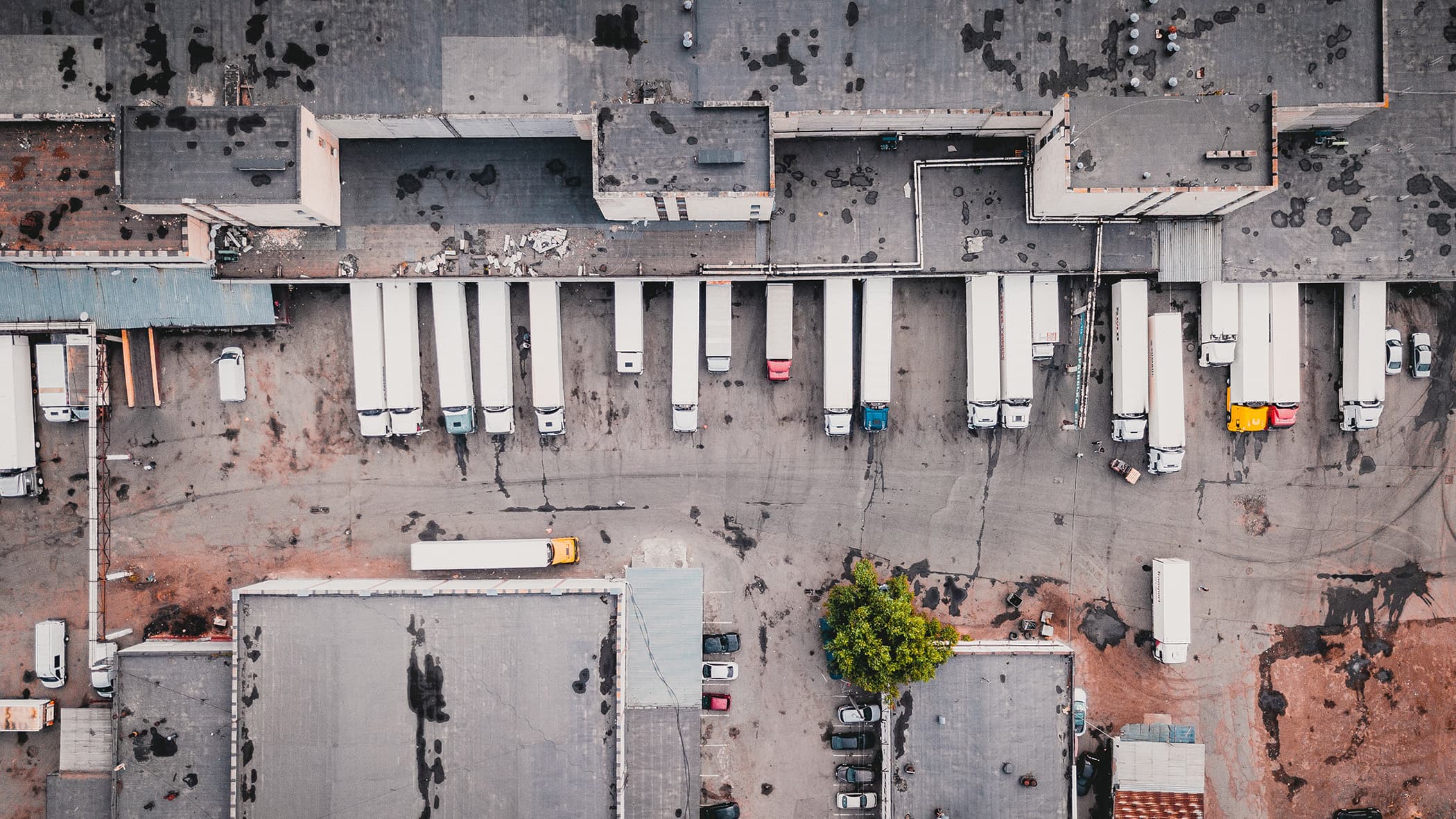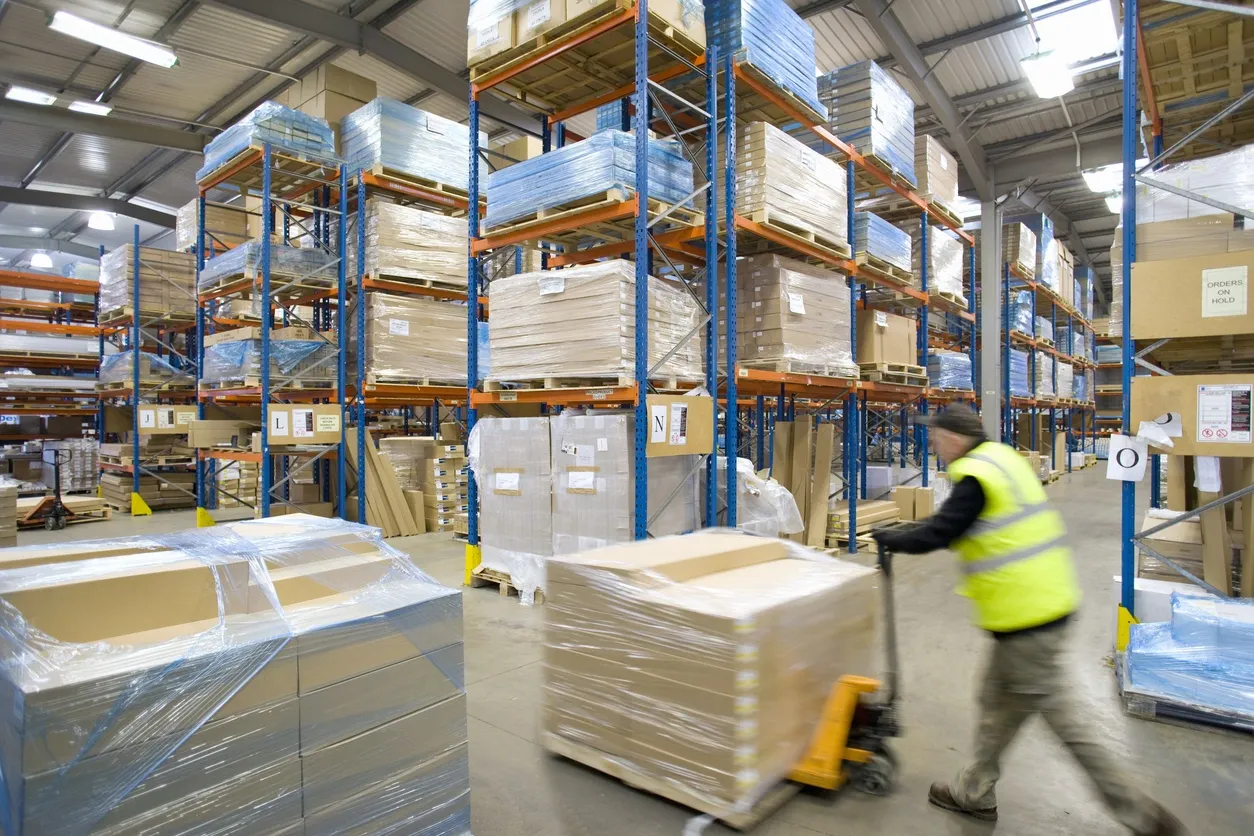
Packaging Requirements
Get a online quote and book your hassle free delivery

We're dedicated to providing efficient and reliable transportation services, and we want to ensure your experience with us is as seamless as possible. Proper packaging not only ensures the safety of your products but also streamlines the logistics process. To help us serve you better and ensure the safe delivery of your goods, here are some important tips for preparing your items for pickup:
Proper Packaging: Adequate packaging is crucial to protect your items during transit. Please ensure that your goods are securely packed in sturdy boxes, crates, or pallets. For palletised items, it's essential to tightly wrap them with shrink wrap until the pallet is sturdy. This will help to prevent shifting or damage during transportation, ensuring your items arrive safely at their destination.
Product Protection: Protecting your freight from damage during transit is paramount. This may involve using appropriate cushioning materials, such as bubble wrap or foam, to safeguard delicate items. Additionally, consider moisture-resistant packaging for goods susceptible to environmental factors.
Secure Fastening: Ensure that items are securely fastened within their packaging to prevent shifting during transport. This is particularly important for preventing damage to fragile or valuable products.
A Step-by-Step Guide on How to Properly Package a Pallet
Pallets are a fundamental part of shipping and logistics, ensuring your goods are transported safely and securely. However, to make the most of pallets, it's crucial to package them correctly. In this tutorial, we'll walk you through the process of properly packaging a pallet to protect your items during transit.
Materials You'll Need:
-
Pallet
-
Cardboard or plastic slip sheets (optional)
-
Shrink wrap or stretch film
-
Strapping and strapping tools (optional)
-
Edge protectors (optional)
-
Packing materials (bubble wrap, foam, etc.)
-
Box cutter or scissors
Step 1: Prepare the Pallet
Start by inspecting the pallet for any damage. It's essential to use a sturdy and undamaged pallet as a base for your shipment. If desired, place cardboard or plastic slip sheets on the pallet to provide an extra layer of protection.
Step 2: Secure the Bottom Layer
Place the heaviest and sturdiest items on the bottom layer of the pallet. Ensure they are evenly distributed to maintain balance. Use edge protectors if necessary to prevent strapping or wrap from damaging your items.
Step 3: Stack and Layer
Continue stacking your items in an orderly fashion. For fragile or sensitive items, use appropriate packing materials like bubble wrap or foam to safeguard against damage. If stacking multiple layers, consider adding slip sheets between them for added protection.
Step 4: Shrink Wrap or Stretch Film
Once your pallet is loaded, tightly wrap it with shrink wrap or stretch film. Start at the base and work your way up, ensuring each layer is secure. Overlap the film for extra strength, and make sure it's snug but not overly tight to avoid damaging your goods.
Step 5: Strapping (Optional)
If your palletized items require additional stability or if you're shipping particularly heavy or bulky items, consider using strapping. Run straps around the pallet, securing your load further. Tighten the straps, but be cautious not to overtighten, as this may damage your products.
Step 6: Top Layer and Final Wrap
Complete your pallet by adding the top layer of items. As before, use packing materials as needed for protection. Once all items are in place, give the entire pallet a final wrap with shrink wrap or stretch film. Pay extra attention to the corners and edges to ensure everything is secure.
Step 7: Labeling and Documentation
Place labels on the pallet indicating important information such as the destination, handling instructions, and any special requirements. Include all necessary documentation, such as packing slips or shipping labels, in a plastic pouch securely attached to the pallet.
Step 8: Final Inspection
Before shipping, conduct a final inspection to ensure your pallet is stable, secure, and properly labeled. Make any necessary adjustments or reinforcements if needed.
Step 9: Shipping
Your pallet is now ready for shipping. Ensure it's placed on a flat surface for pickup or loading onto a truck. Communicate any specific handling instructions to the carrier, and keep a record of the shipment's tracking information for reference.
By following these steps and taking the time to package your pallet correctly, you'll help ensure the safe and secure transportation of your goods, minimizing the risk of damage during transit.